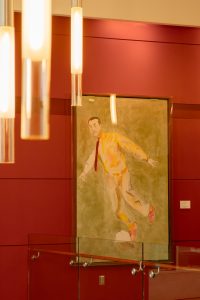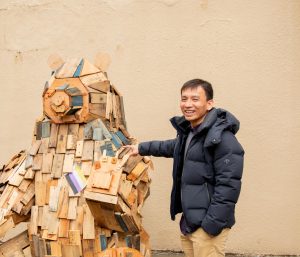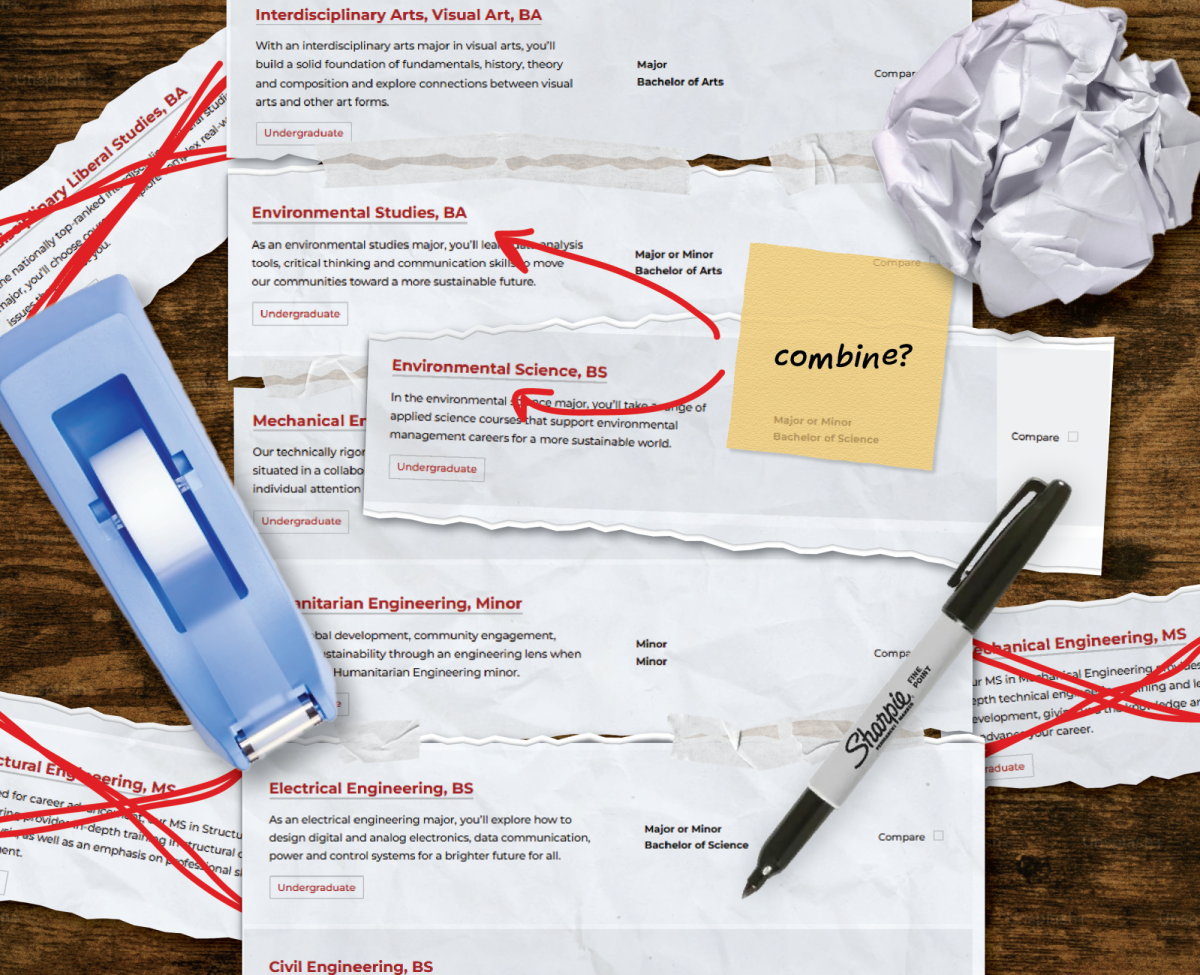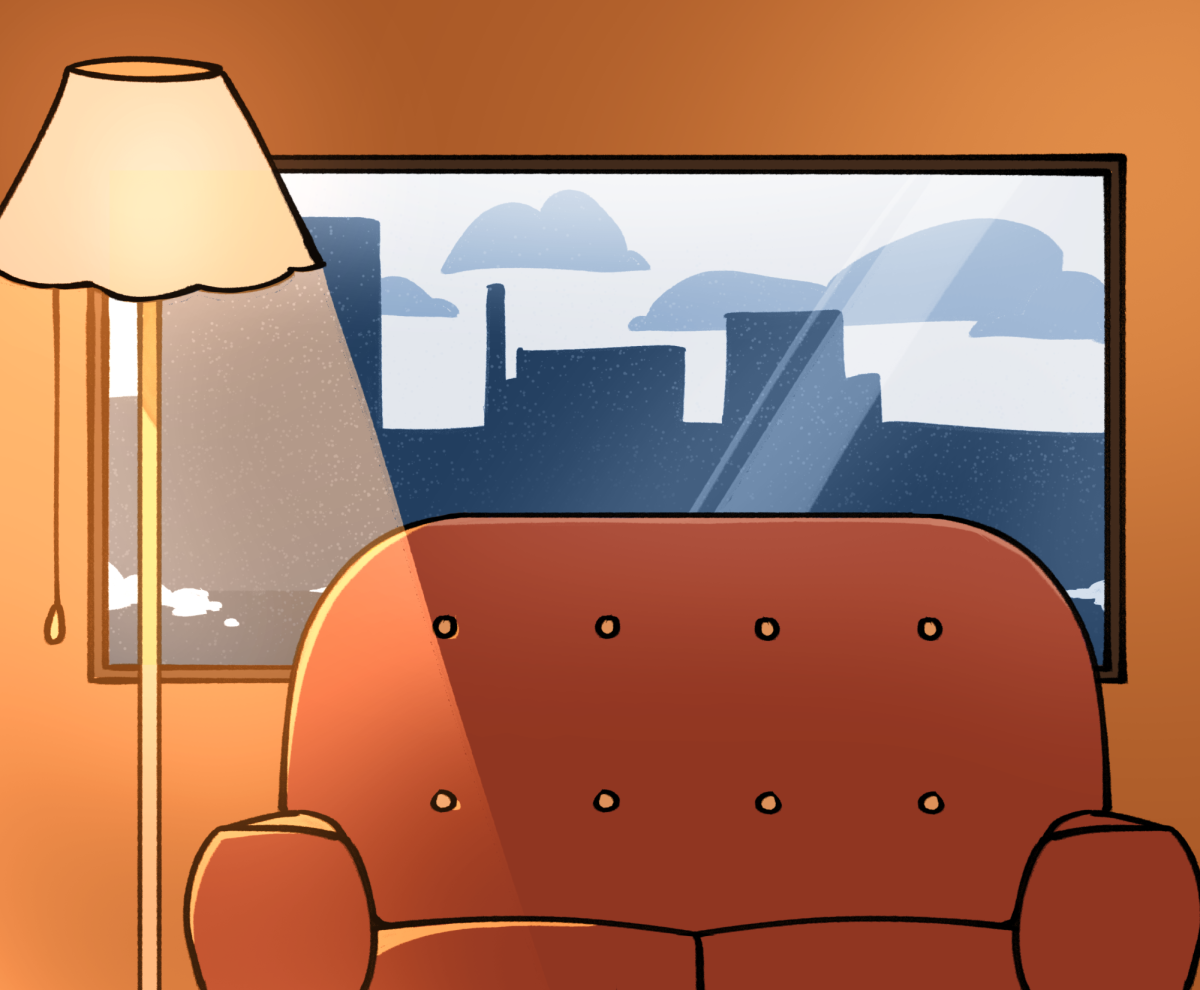
The product of a decades long relationship with Dick and Seattle University alumna Betty Hedreen (class of ‘57), it was recently announced that Seattle University will be receiving the Hedreens’ collection of 200+ works of art, valued at over $300 million, along with $25 million in seed money to create the Seattle University Museum of Art.
“This transformational gift is the largest gift of art ever made to a U.S. university and largest single gift of any kind to a university in our state,” wrote President Peñalver, in a letter on March 13, sharing news of the donation.
Edgar Gonzalez, vice president of university advancement, noted that the hope is to build the museum as quickly as possible, within the next three to five years, but that additional fundraising will be required. In terms of location, the plans are not set in stone, though the most likely place for the new construction is on 12th Ave., where the Pigott parking lot currently exists.
When asked about the university’s relationship with the Hedreens, Gonzalez shared that it has been long-standing and meaningful. There are several pieces of art donated to the university by the Hedreens that are already part of campus—students may recall the humanoid statue on the hill outside of the Pigott Pavilion, for example.
While the art is not yet on campus and plans for the museum are yet to be determined, news covering the announcement of the gift was featured above the fold in The Seattle Times.
Stories of Seattle U have been scattered in different publishing throughout the years. According to Gonzalez, this is one of, if not the only time, Seattle U has garnered front page media attention at the Times.
“It sends a message that Seattle University is a place that is worthy of a gift of this size and this scope. It sends a signal to folks that Seattle University is Seattle’s university,” Gonzalez said.
In response to The Spectator’s inquiries about how this donation might serve to set Seattle U apart and further its educational mission, President Peñalver wrote about the transformative nature of this gift.
“Prominent universities with notable art collections include smaller, liberal arts institutions like Williams College, and large research universities like Yale. A museum with a great collection enhances a university’s academic reputation by attracting and retaining great faculty, enriching the educational experience for students, expanding and deepening interest from prospective students and increasing visibility, awareness and familiarity of a university as a whole.”
As to why the collection is being donated to Seattle U, and not one of the major art museums in Seattle such as the Seattle Art Museum (SAM) or the Frye, Richard Hedreen told the Seattle Times that, beyond wanting to honor his late wife’s alma mater, “‘I like having the collection stay together. Because it says something about the collector.” And, he added, ‘I don’t like the idea of the art being in storage.”
Ken Allan, an associate professor of art history at Seattle U, is excited by the educational and reputational opportunities offered by the donation. “We are going to have a museum with the starting collection of a great city museum,” Allan said, who has had the privilege to view the collection at the Hedreens’ home in years past, even taking a few of his classes there.
“We have a collector who has been thinking about these pieces for decades, asking ‘what do we want to collect?’” Allan said, whilst also noting how many of the pieces can be put in conversation with each other. “The collection being a unified thing will give it a particular character that will allow curators and faculty to use it in productive ways.”
Notable artists whose works are part of the collection include Jacopo da Pontormo, Willem de Kooning, Roy Lichtenstein, Berenice Abbott, Andy Warhol, Cecily Brown and Rashid Johnson among many others. Spanning from the 15th century to 2022, the works also vary in form as paintings, prints, sculptures and photography all make up the collection.
While Seattle U already possesses several great works of art donated by the Hedreens, many of them are in the library, a space that is great for casual viewing, though not particularly suited for teaching.
Different from your typical art museum, a teaching museum is often at a university campus and has an educational department or staff who liaise with the faculty and university programs to utilize the collection in a variety of ways, not just for art history classes.
“Teaching a UCOR about climate change, a lesson might include looking at Rasheed Johnson’s seascape works,” Allan said, emphasizing the multifaceted opportunities presented by a teaching museum. “What a teaching museum and its curators do is think about ways in which math, chemistry, or history classes can use the experience of going to this museum as a way to access content differently.”

Trung Pham, the chair of Visual Arts at Seattle U, hopes that the museum will draw more attention to the school and the visual arts program. Part of Seattle U’s draw has always been its prime location, and Pham hopes that the addition of an on-campus art museum will only add to that appeal, breaking down the potential benefits of the teaching museum into three parts.
“One: Students can see the works firsthand, learning art history or cultural studies through physical interaction. Two: Scholars will come and study, write, discuss and research this collection, hopefully allowing for public lectures, both for students and the larger community. Three: The space will not only show the entire Hedreen collection, it will also have the potential for other art and artists to be exhibited, including the work of students,” Pham outlined.
Pham was sure to mention that the announcement of the museum coincides with plans to offer a revamped visual arts program in the fall of 2024, titled, Art and Visual Culture Studies.
This new program will merge art history and studio art into a single major, offering specific tracks within. For Pham, the hope is that this new program will create a community among students, giving them a strong cohort to work with.
Jenikka Cruz, a second-year design major, plans on switching her major to the new program next year, and sees it going hand in hand with the Hedreen donation, furthering Seattle U’s growth.
“It helps the program and school evolve, and offers both future students and alumni a very important ability to network and be part of a larger community of art,” Cruz said, referencing the gift and future museum.
Nevertheless, she was still shocked when she heard the news that such a large donation was being gifted to the university. The announcement of this monumentally valuable donation comes in the wake of recent announcements by the university that the amount of full time credits students will be able to take is being reduced and tuition is increasing.
Addressing this dichotomy, Gonzalez highlighted that, while the donation would be beneficial if it were accessible cash, the donation exists separately from fundraising.
“It’s important to note that it’s not a $300 million donation in cash, it’s art. We don’t have the ability to sell it to go buy books or fund scholarships. It isn’t as simple as selling the art to pay for scholarships.”
Viewing the gift as a net positive, Gonzalez mentioned how the reputation and momentum boost will help in conversations with other alumni.
“Seattle University is going to look different, and in that regard, people see it as a catalyst rather than an instance of ‘they have enough,’” Gonzalez argued.
Many current students will no longer be on campus for the opening of the Seattle University Art Museum, though the prospect serves to both enhance the credibility of their alma mater, and provide an important space for people both inside and outside of the Seattle U community in years to come.














